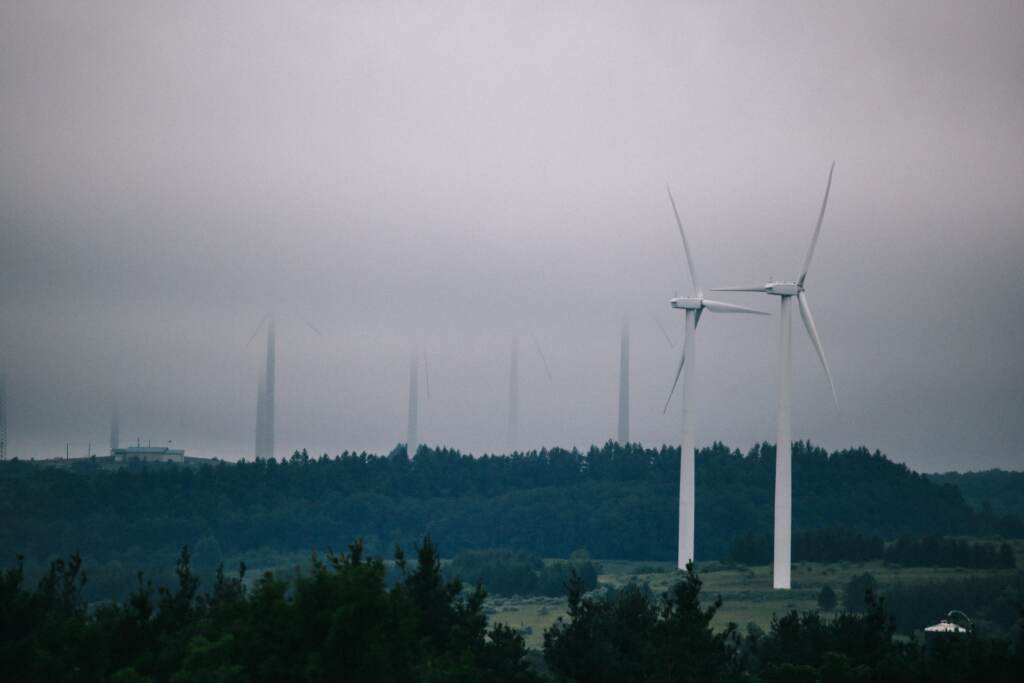Sharon Pillar, executive director of the Pennsylvania Solar Center, an advocacy group, said the industry has been boosted by the fact that it is now the lowest-cost source of energy, and is free after its capital costs are paid.
“The interest in renewable energy and in solar has been increasing exponentially over the past several years as solar is now the lowest-cost energy,” she said.
Although Pennsylvania last year met a renewable energy goal set by its Alternative Energy Portfolio Standard in 2004, the Legislature has not updated the standard, and that has meant that much of the renewable energy purchased by Pennsylvanians is being generated out of state, Pillar said.
“Pennsylvania ratepayers are paying for these out-of-state resources and the jobs and economic development and private investment went elsewhere,” she said. “The state legislature could change this so at the very least these resources have to come from in-state.”
Buyers of wind and solar may also be encouraged by the outlook for natural gas prices, which are not expected to return to their previous rock-bottom levels because the industry is enjoying the recent increase.
The industry has many unused leases and permits that could allow it to increase production quickly if it wanted to, but it has not done so because it does not want to derail the recent runup in prices, Hess said.
“They’re not rushing to do that,” he said. “They could almost throw the switch and produce more gas overnight but we don’t see any evidence of that.”
Natural gas futures prices in New York rose to $6.68 per million BTUs on Tuesday, more than $4 higher than a year ago, and the highest since 2008. With a recent increase in the use of natural gas for power generation, especially in Pennsylvania, retail electricity prices have also jumped. The national residential retail price of electricity was 8.1 percent higher in January than a year earlier, according to the U.S. Energy Information Administration.
 A wind energy farm in Somerset County. (Tim Lambert/WITF)
A wind energy farm in Somerset County. (Tim Lambert/WITF) Pennsylvania’s natural gas industry argues that, while renewables are becoming more competitive, they are no substitute for gas, which provided more than half of the state’s electricity last year.
“Natural gas is still critical for baseload generation and ensuring the reliability of our electric grid, something that renewable energy cannot yet achieve,” said Dave Callahan, president of the Marcellus Shale Coalition, a trade group.
He argued that domestic gas production helps to ensure that the U.S. does not become dependent on overseas energy.
“Domestic natural gas production is key to ensuring that we do not displace our current measure of energy security with a dependence on foreign nations and the critical minerals and elements they produce for renewable energy components,” Callahan said in a statement.
Global demand for natural gas rose in late March when the U.S. and the EU announced an agreement to “diversify” EU natural gas imports away from Russia and toward the rest of the world, including the United States. The agreement also pledged to reduce demand for natural gas and curb climate emissions from gas-production sites.
Cutting the EU’s gas imports from Russia might mean more demand for liquefied natural gas from major producing states like Pennsylvania, but it hasn’t worked out that way because America’s LNG export terminals are already running at or near capacity, analysts said.
“The reason we don’t have more capacity is that European countries have not wanted to sign long-term contracts to buy fuel because they are trying to be climate champions,” said Rob Altenburg, senior director for energy and climate at PennFuture, a nonprofit. “They don’t really want to be dependent on Russian fuel but they don’t want to be dependent on American fuel either.”
President Joe Biden’s call for more American LNG to supply Europe apparently failed to kickstart construction of a long-delayed liquefaction plant in Wyalusing, Bradford County. The plant, owned by a subsidiary of New Fortress Energy, would super-cool natural gas from the Marcellus Shale for shipment by truck or rail to a new export terminal in New Jersey.